Market Share
Introduction: Navigating the Competitive Landscape of Pharmaceutical Packaging
In the pharmaceutical field, the competition is increasing at an unprecedented rate, in the face of new technological developments, new regulations, and the ever-increasing demand for safety and the environment. The major players, such as original equipment manufacturers, IT systems integrators, and innovative artificial intelligence start-ups, are fighting for leadership by deploying advanced technologies such as big data analysis, automation, and IoT solutions to improve efficiency and product quality. The original equipment manufacturers are focusing on sustainable materials and smart packaging, while the IT systems integrators are integrating data-driven insights into the supply chain. And the disruptive new players are introducing biometrics and green logistics to reshape the traditional packaging paradigm. In addition, as the pharmaceutical industry continues to develop in the region, especially in Asia-Pacific and Latin America, strategic deployments are mainly localized production and ad hoc solutions to meet the various regulatory requirements and consumers' tastes. This complex environment creates both challenges and opportunities for C-level leaders and strategic planners to establish a competitive advantage in the pharmaceutical packaging industry.
Competitive Positioning
Full-Suite Integrators
These vendors offer comprehensive solutions across the pharmaceutical packaging spectrum, integrating various technologies and services.
| Vendor | Competitive Edge | Solution Focus | Regional Focus |
|---|---|---|---|
| West Pharmaceutical Services | Expertise in drug delivery systems | Injection and infusion systems | Global |
| Becton Dickinson | Innovative medical device solutions | Syringes and safety devices | Global |
| Amcor | Sustainable packaging innovations | Flexible and rigid packaging | Global |
| Gerresheimer | Specialized glass and plastic solutions | Pharmaceutical containers | Global |
Specialized Technology Vendors
These vendors focus on niche technologies and solutions tailored for specific pharmaceutical packaging needs.
| Vendor | Competitive Edge | Solution Focus | Regional Focus |
|---|---|---|---|
| SGD Pharma | High-quality glass packaging | Glass vials and bottles | Europe, Asia |
| AptarGroup | Innovative dispensing solutions | Delivery systems for pharmaceuticals | Global |
| Vaccination Technologies | Focus on vaccine delivery systems | Vaccine packaging solutions | Global |
Infrastructure & Equipment Providers
These vendors supply the necessary equipment and infrastructure to support pharmaceutical packaging processes.
| Vendor | Competitive Edge | Solution Focus | Regional Focus |
|---|---|---|---|
| Mondi Group | Sustainable paper and plastic solutions | Packaging materials and solutions | Europe, Asia, Americas |
| Crown Holdings | Expertise in metal packaging | Metal containers and closures | Global |
| Huhtamaki | Focus on sustainable food and drink packaging | Flexible packaging solutions | Global |
| Sealed Air | Innovative protective packaging solutions | Protective packaging technologies | Global |
| Bemis Company | Diverse packaging solutions | Flexible and rigid packaging | North America, Latin America |
| Pharmapack | Specialized in pharmaceutical packaging | Packaging solutions for pharmaceuticals | Europe |
| Schott Glass | High-quality glass solutions | Pharmaceutical glass packaging | Global |
Emerging Players & Regional Champions
- Aptar Group (United States): specializes in drug delivery systems and packaging solutions that enhance patient compliance. A contract with a major pharmaceutical company for a new line of smart inhalers was recently awarded. Challenges the traditional packaging industry by integrating digital technology into the package.
- Schott AG (Germany): Provides high-quality glass containers for pharmaceutical products, with an emphasis on safety and environmentalism. They have recently launched a new production line for eco-friendly vials. The company complements existing suppliers with specialized glass solutions that meet strict regulatory requirements.
- Piramal Glass Industries (P) Ltd., India: The company provides a wide range of glass packaging solutions for the pharmaceutical industry, with an emphasis on customisation and design. Recently, it has started to manufacture in Europe to meet local demand. The company competes with established players by offering a quick response time and lower prices.
- Gerresheimer AG (Germany): well-known for its innovations in the field of glass and plastic containers, this company has recently launched a line of pre-filled syringes. This move into this new area puts it in competition with more established manufacturers. Its patient-friendly design concept gives it a high-quality, patient-friendly image.
- The West Pharmaceutical Services Inc. is a leading manufacturer of drug delivery and packaging systems. They have recently formed a joint venture with a biotech company to develop a new line of combination products. Their expertise in both drug delivery and packaging gives them the confidence to challenge established suppliers.
Regional Trends: In 2024, a growing trend towards eco-friendliness in pharmaceutical packaging is apparent. The companies increasingly adopt eco-friendly materials and methods. Moreover, the use of smart packaging is becoming more popular, especially in North America and Europe, where regulatory requirements and transparency requirements are driving innovation. Taking advantage of these developments, new entrants have established themselves in niche markets, often focusing on rapid and custom-made production to meet the local pharmaceutical industry's needs.
Collaborations & M&A Movements
- Amcor and West Pharmaceutical Services entered into a partnership to develop advanced drug delivery systems, aiming to enhance patient safety and compliance in the pharmaceutical sector.
- Becton Dickinson acquired C. R. Bard's packaging division in early 2024 to strengthen its position in the sterile packaging market and expand its product offerings.
- Gerresheimer AG and AptarGroup announced a collaboration to create innovative packaging solutions for biologics, focusing on sustainability and regulatory compliance in the pharmaceutical industry.
Competitive Summary Table
| Capability | Leading Players | Remarks |
|---|---|---|
| Sustainability | Amcor, West Pharmaceutical Services | The company Amcor has also developed a sustainable strategy that has enabled it to achieve a 20% reduction in its carbon footprint in its production processes. West is a supplier of sustainable materials. Its packaging solutions based on bio-based polymers have won the support of pharmaceutical companies that are concerned about the environment. |
| Smart Packaging | Schott AG, Becton Dickinson | RFID technology is used for the tracing and identification of packages. The use of smart packaging to improve medication adherence and provide the patient with real-time feedback, is a great example of innovation in the market. |
| Child-Resistant Packaging | AptarGroup, Berry Global | The Aptar Group offers a wide range of child-resistant closures which meet the required regulatory standards and at the same time are easy to use. The new child-resistant closures from Berry Global have been well received by the market, which is testament to their focus on safety and compliance. |
| Tamper-Evident Packaging | Sealed Air Corporation, Crown Holdings | SEALED AIR CORPORATION INDUSTRIAL CO., LTD. OFFICES AND OFFICES AND OFFICES AND OFFICES AND OFFICES AND OFFICES AND OFFICES AND OFFICES AND OFFICES AND OFFICES AND OFFICES AND OFFICES AND OFFICES AND OFFICES AND OFFICES AND OFFICES AND OFFICES AND OFFICES AND OFF OFFICES AND OFFICES AND OFFICES AND OFFICES AND OFFICES AND OFFICES AND OFFICES AND OFFICES AND OFFICES AND OFFICES AND OFFICES AND OFFICES AND OFFICES AND OFFICES AND OFFICES AND OFFICES AND OFFICES AND OFFICES AND OFFICES AND OFFICES AND OFFICES AND OFFICES AND |
| Cold Chain Packaging | ThermoSafe Solutions, Pelican BioThermal | ThermoSafe is a specialist in the field of temperature-controlled containers and in the development of new products. The company provides a reliable cold chain logistics solution for the transport of temperature-sensitive pharmaceuticals. |
Conclusion: Navigating the Evolving Pharma Packaging Landscape
The pharmaceutical packaging market in 2024 will be characterized by intense competition and considerable fragmentation, with both established and new players competing for market share. Regional trends are driving innovation, with a growing emphasis on compliance and sustainability. The market is dominated by the large, established companies, which can draw on their long-standing expertise and customer relationships. Newer companies are focusing on agility and cutting-edge technology. The market is increasingly driven by key capabilities such as artificial intelligence (AI), automation, and sustainable materials. These will be the areas in which strategic investment is essential for companies to maintain a competitive edge and meet the evolving demands of the pharmaceutical industry.

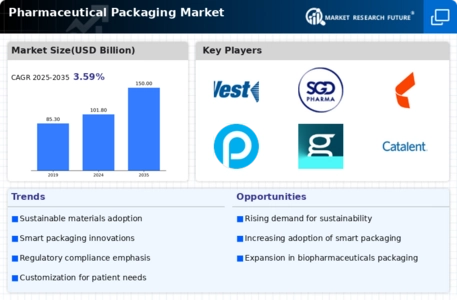
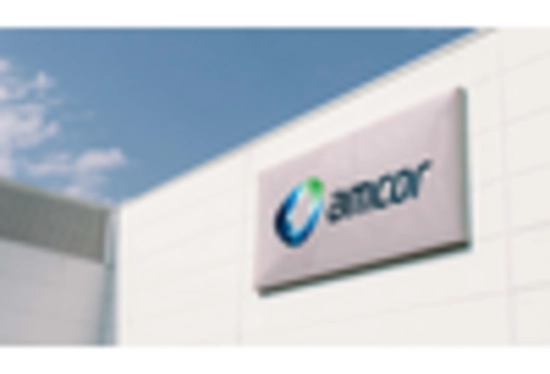
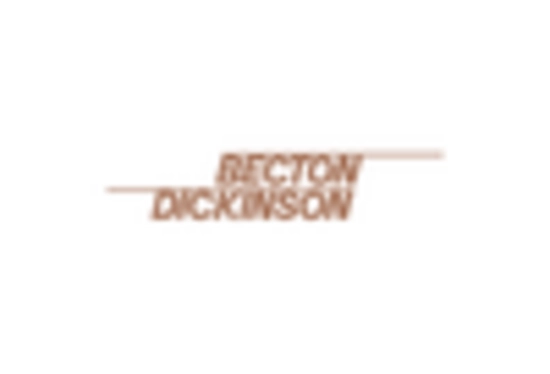
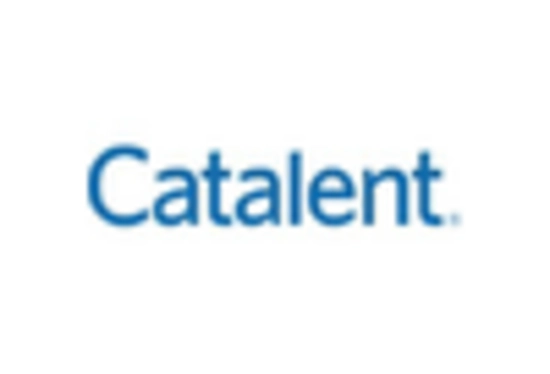
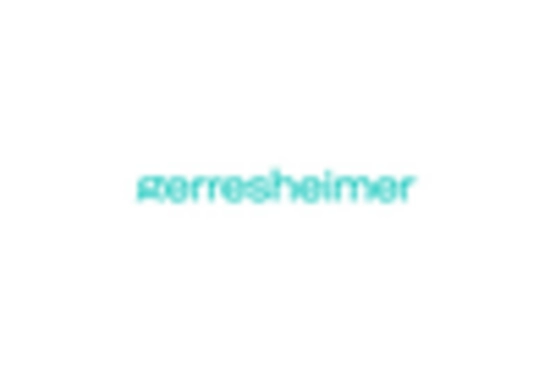
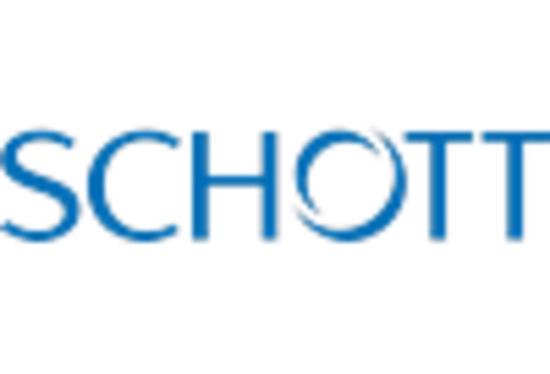
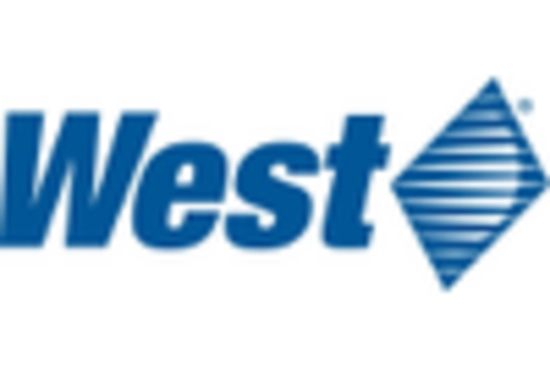

Leave a Comment